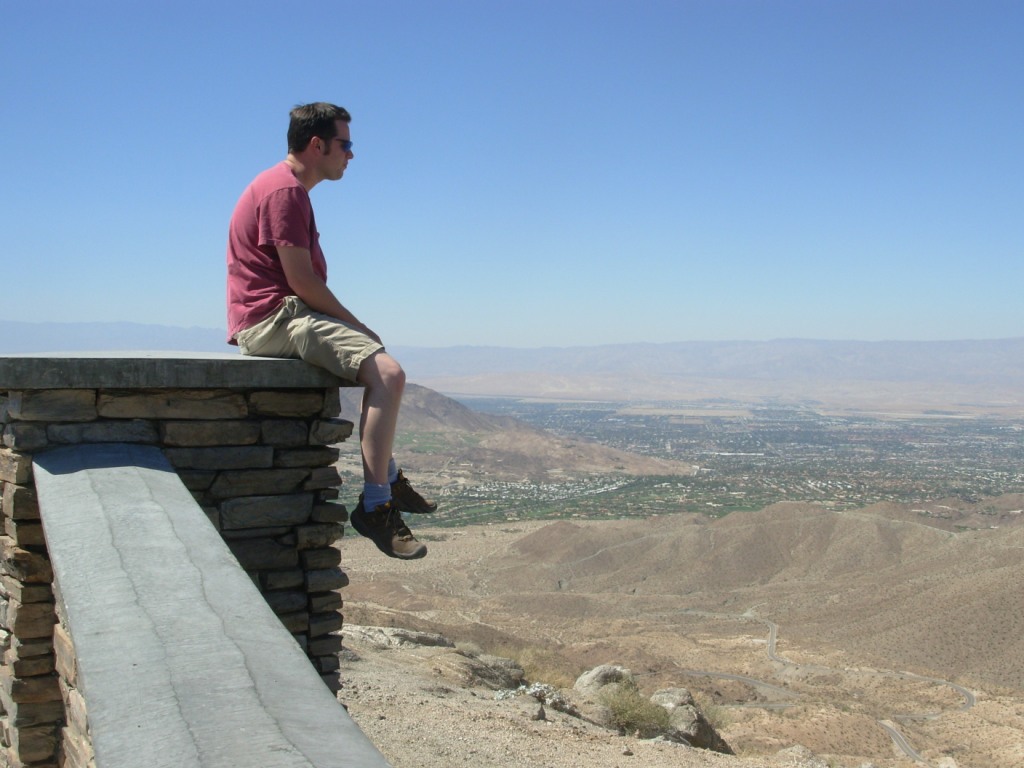Note from Jai: this post is by Tim Bonebrake, a SciFund Challenge participant. Tim is an ecologist and a postdoc at UC Riverside. He’s on Twitter too (@bonebraking).

When I published my first paper many years ago, an article in the Journal of Animal Ecology, I excitedly sent copies to my parents. My mom called me after receiving it and laughed at me. The whole thing was gibberish to her (since high school she has called me “geek boy” and this did not help matters). My dad did a little better; he made it through the first paragraph.
Of course, this is not a new problem in science. Outreach and communication to the general public is a subject scientists spend hours discussing daily. Then again, in my experience, mention “Twitter” to another scientist and 9 times out of 10 you can expect an incredulous chuckle or eye roll. As a majority, I think scientists have been slow to the adoption of social media for purposes of science. And this opinion comes out of personal experience as much as it comes from observations of peers. I only started using Twitter regularly about a year ago and I still keep a safe distance from it… there is a certain amount of appeal to the ivory tower.
So when I learned of #SciFund, through Twitter of course, I read the website and then turned my attention back to the paper I was writing at the time. Fortunately, @jranganathan (that huckster!) wouldn’t shut up about this #SciFund thing so whenever I checked Twitter I was bombarded with it. This made me reflect on all of the above and I eventually decided to give it a shot.
My motivation for trying out #SciFund was to put some effort into connecting with the public. A grant to the National Science Foundation (NSF) requires this as well of course. However, if I sent one of my NSF proposals to my mother she would almost certainly laugh at me… again. But in making my #SciFund video, my audience is not some mysterious committee that will check a box (terrible, fair, good, excellent). My audience is basically my parents and maybe a few of my friends. And maybe they’ll like it, maybe they won’t. But I can guarantee they will understand it far more than any NSF proposal I’ve ever written as I’ve emphasized fun and creativity in this #SciFund proposal (and I didn’t even check my margins or font size). And if people outside my “inner circle” see it or like it then all for the better.
I’m still applying for NSF proposals (Dearest NSF, I do love you, you know that). And honestly, I’m not that concerned about the potential money coming from #SciFund. I’m excited that people might be getting involved with my research by supporting it but if nobody decides to contribute funds I won’t be terribly disappointed (though I think this type of “small grants” program could make or break many projects, grad students especially, I think my own research project pitched to #SciFund will go on regardless – as much as I hate to admit it publicly). But my point is, for me, this isn’t about the money. This is about getting some eyes on my research and hoping people (my parents for example) might get something from a short three minute science video that they wouldn’t get from traditional sources of scientific communication.


